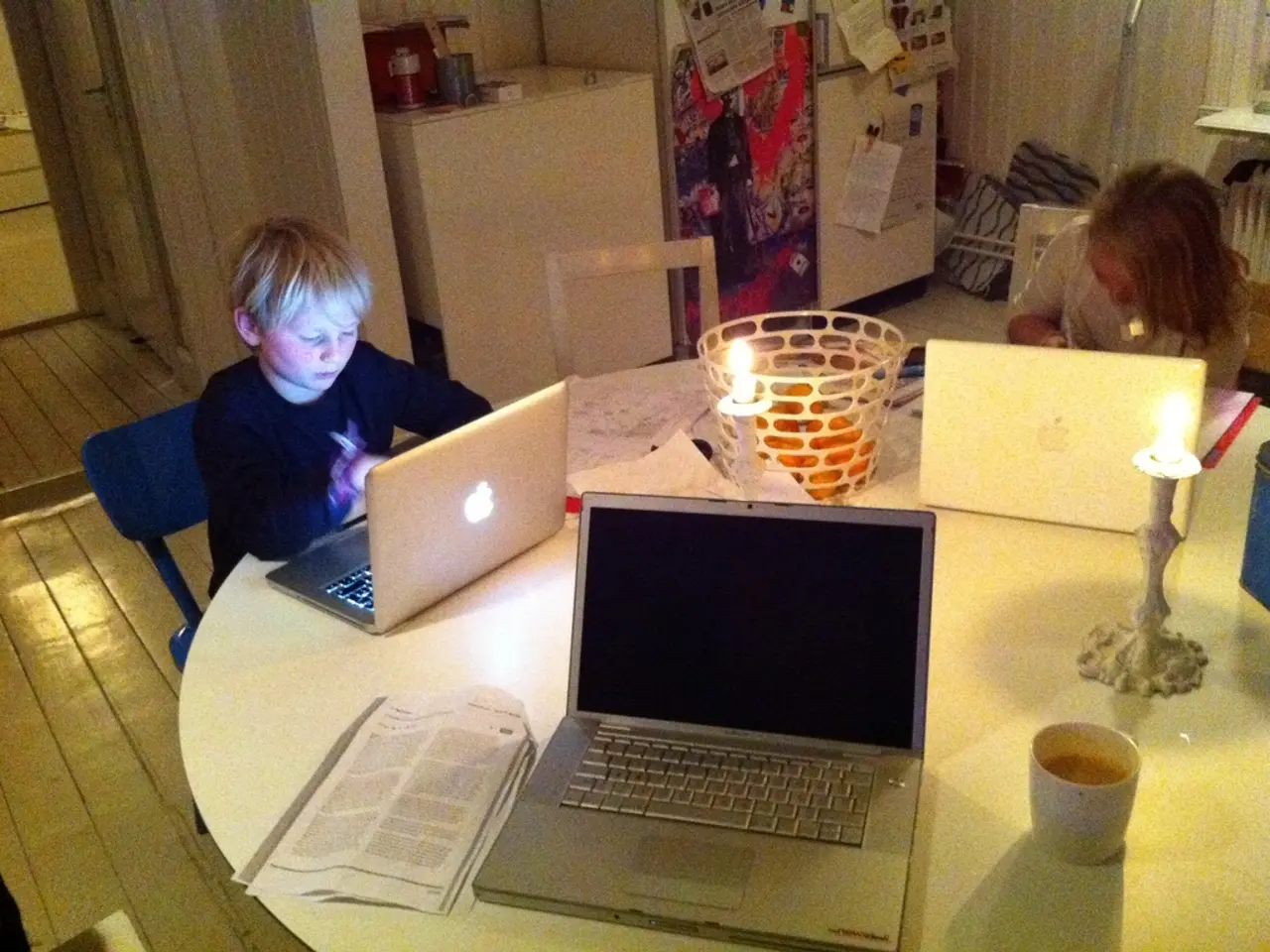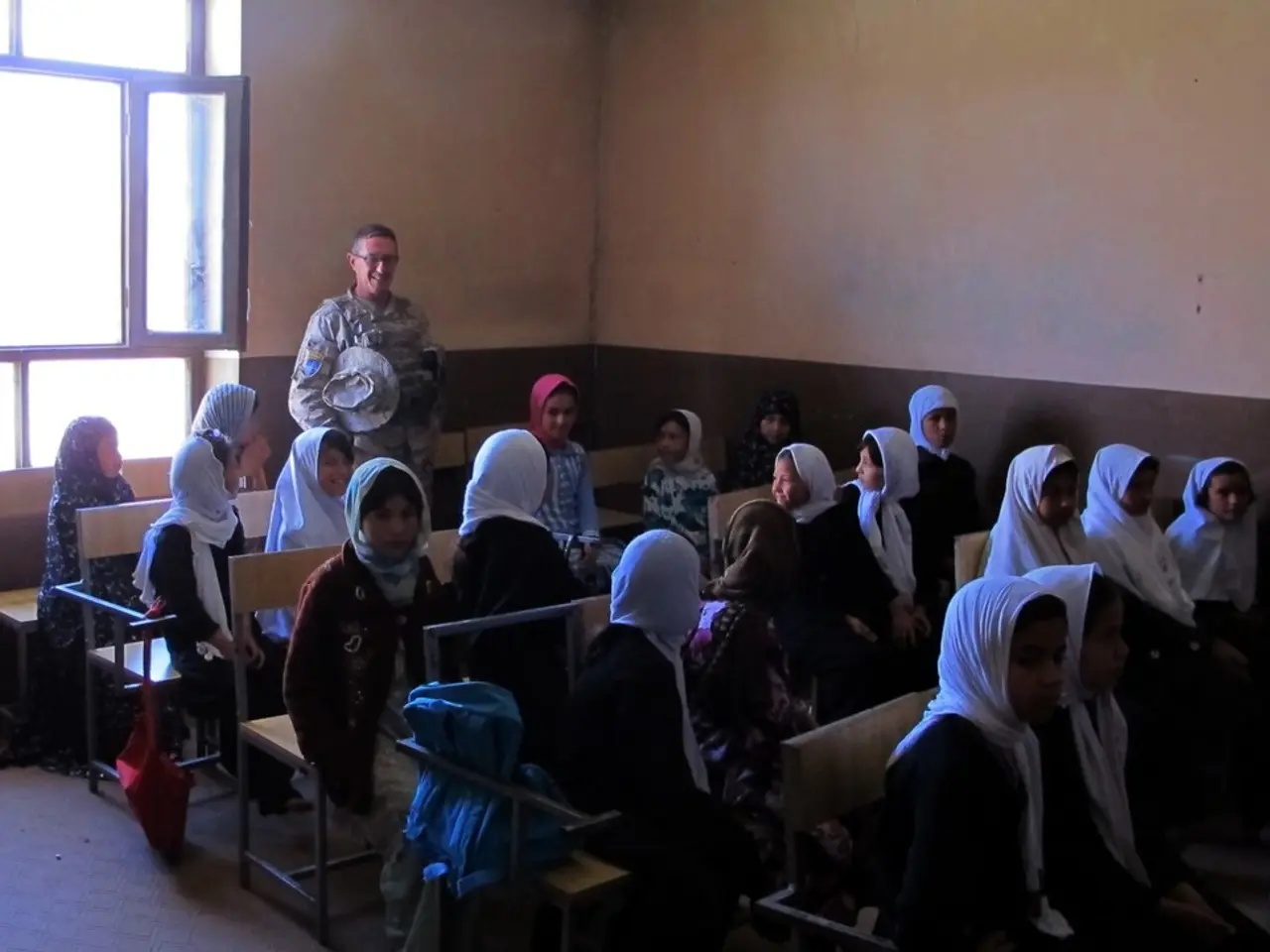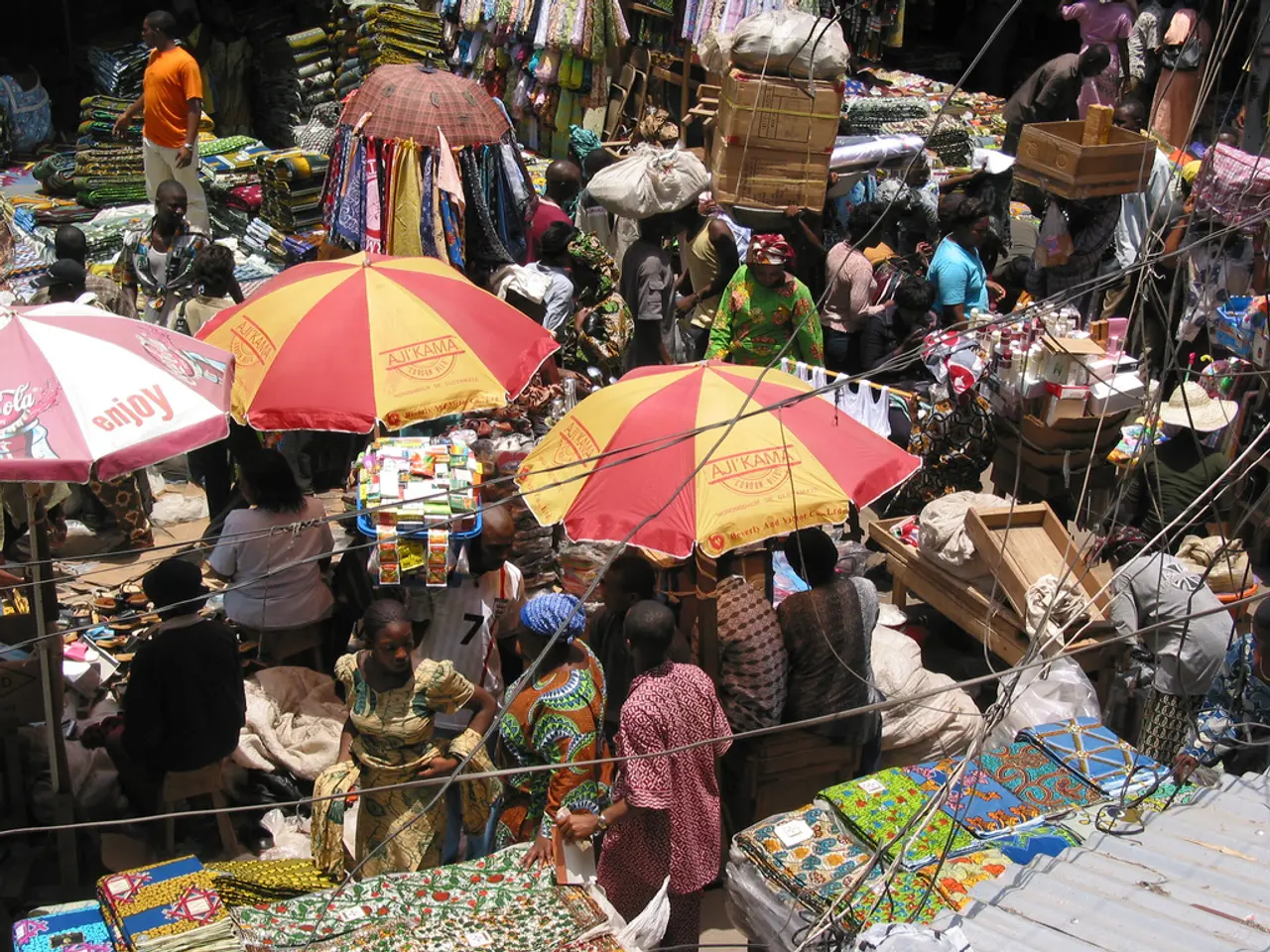Home Science Lab Essentials: Conducting Experiments Safely and Efficiently on Your Own
Get ready to unleash your inner scientist! With a collection of everyday items, you can transform your home into a science lab and spark curiosity in young minds. Here's a list of engaging, educational, and easy-to-do science experiments suitable for children aged 3 to 12.
Baking Soda and Vinegar Reaction (Volcano Eruption)
Create an exciting bubbly eruption by mixing baking soda and vinegar. Add food coloring for a visual effect, and watch as this classic experiment demonstrates an acid-base chemical reaction.
Dancing Raisins or Dancing Corn
Place raisins or corn kernels in a glass of soda water or a mixture with baking soda and vinegar. The bubbles will attach to the raisins/corn, making them appear to dance, illustrating carbon dioxide gas release and buoyancy.
Rubber or Naked Egg
Soak a boiled egg in vinegar for a day or so to dissolve the shell, leaving a rubbery transparent membrane. This experiment teaches about chemical reactions and material properties.
Magic Milk
Create swirling colors using milk, food coloring, and dish soap. This demonstrates surface tension and chemical interaction.
Paper Towel Chromatography
Draw with washable markers on a paper towel, dip its edge in water, and watch as colors separate as pigments move through the paper. This experiment explores molecular movement.
Invisible Ink with Lemon Juice
Write with lemon juice on paper, let dry, then heat to reveal the message, demonstrating oxidation reactions.
Floating Orange Experiment
Discover if an orange floats or sinks in water, exploring concepts of density and buoyancy.
DIY Lava Lamp
Mix oil, water, food coloring, and an effervescent tablet (e.g., Alka-Seltzer) for a bubbling colorful liquid. This experiment teaches about liquid polarity and gas formation.
These experiments require common household items such as baking soda, vinegar, food coloring, balloons, raisins, eggs, milk, dish soap, paper towels, and simple kitchen containers.
To get started, free science experiment sheets are available, along with a collection of baking soda experiment ideas and a large selection of kitchen science experiment ideas. Tweezers and pipettes can be purchased from eBay for added precision.
A new set of science equipment includes plastic beakers, jars, a magnet, funnel, measuring cylinder, tweezers, pipettes, elastic bands, paperclips, scales, coloured pens and paper, cardboard, lollysticks, plasticine, bubble wrap, balloons, and ice cube trays. Balloons and ice cube trays are also included in the equipment set.
Science experiments at home are a great way to involve the whole family and learn together. Some of the science experiments include making a balloon-powered car, a hovercraft, and standing on paper cups without breaking them.
For older children, there are easy STEM challenges available, and for younger children, easy preschool science activities. A favorite collection of activities are the Fairy Tale Science Experiments.
The individual making science fun and accessible by using equipment commonly found at home for activities. It's suggested to make a hamper of some of the items and give as a gift along with experiment ideas. Science experiments at home are a fantastic way to foster a love for learning and discovery.
- With baking soda and vinegar, create a volcano eruption, demonstrating an acid-base chemical reaction, and ignite the curiosity of kids aged 3 to 12.
- By placing raisins or corn in soda water or a mixture containing baking soda and vinegar, kids can observe carbon dioxide gas release and buoyancy, as the small particles appear to dance.
- An intriguing experiment involving vinegar and a boiled egg shows the dissolution of the shell, leaving a rubbery transparent membrane, teaching children about chemical reactions and material properties.
- Mix milk, food coloring, and dish soap to create swirling colors, demonstrating surface tension and chemical interaction, and promoting learning in an engaging way.
- With paper towels, washable markers, and water, kids can explore molecular movement through the separation of colors as pigments move through the paper in a process called chromatography.




